Impacting Tomorrow's Transportation, Today
This is the September 2018 issue of the Transportation and Hydrogen Newsletter.
Sept. 28, 2018
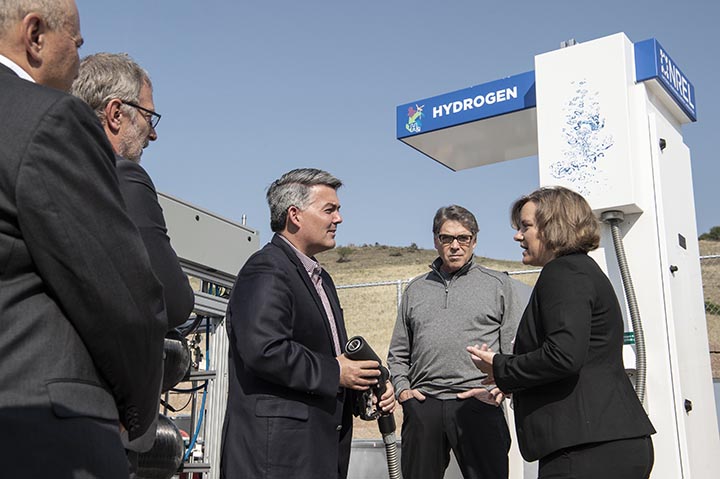
Energy Secretary Rick Perry Visits NREL
Energy Secretary Rick Perry met with NREL staff and toured NREL's hallmark facilities, including its hydrogen fueling station. Secretary Perry emphasized the importance of national laboratories collaborating with universities and industry to ensure technologies of all types are introduced into the marketplace. While visiting NREL, Secretary Perry announced funding to support innovative hydrogen and fuel cell research, including one project led by NREL, and seven projects on which NREL is a partner. The $1.2 million NREL-led project will develop a system to improve efficiency, lower costs, simplify operations, and reduce the footprint of chiller/heat exchanger systems at hydrogen refueling stations. Other projects include developing first-of-its-kind autonomous hydrogen fueling technology and optimizing an integrated, autonomous electrolyzer control system for a renewable hydrogen production facility.
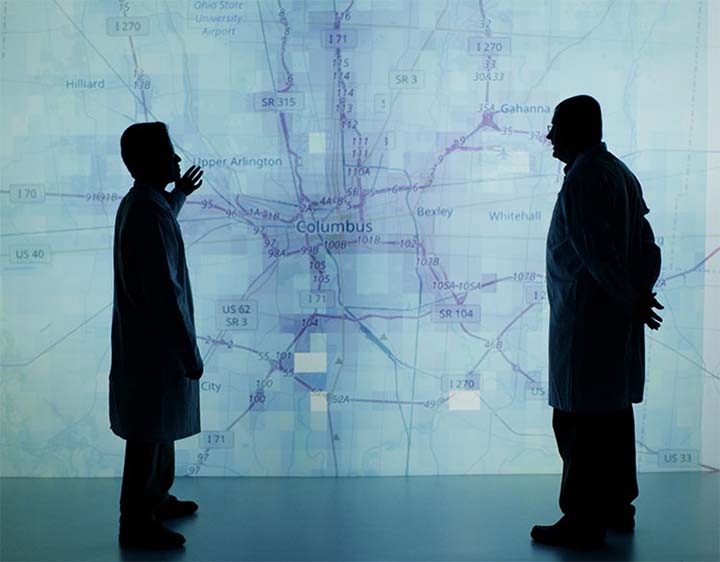
The Transportation World Beyond Tomorrow is Here Today
NREL's sustainable mobility research is moving beyond vehicles and roads, investigating the best way to get people and goods where they need to go with maximum convenience, efficiency, and affordability, while minimizing traffic congestion. As shown in a recent video, cross-cutting research spans a variety of arenas—from connected and automated vehicle and infrastructure technologies to controls that integrate vehicles with energy, road, communication, building, and mass-transit systems.
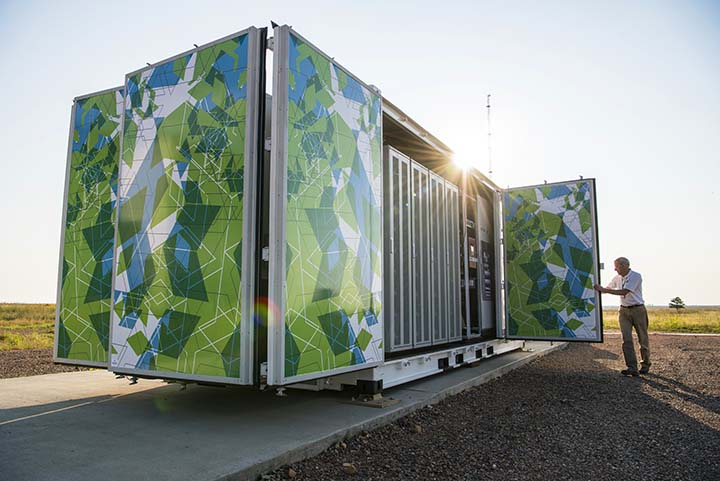
Lithium-Ion Batteries Will Need to Support Diverging Needs for EV and Stationary Storage
Lithium-ion batteries can currently serve both electric vehicles (EVs) and stationary energy storage applications. As EV batteries undergo a chemistry makeover to meet the demands of longer range, faster charging, lower cost, and less cobalt, these new, high-energy configurations may also reduce the number of times a battery can be cycled, which poses an issue for stationary storage applications. Therefore, batteries may need to be adapted to serve each intended application. NREL’s Matt Keyser and Paul Denholm weigh in on the topic for Utility Dive.
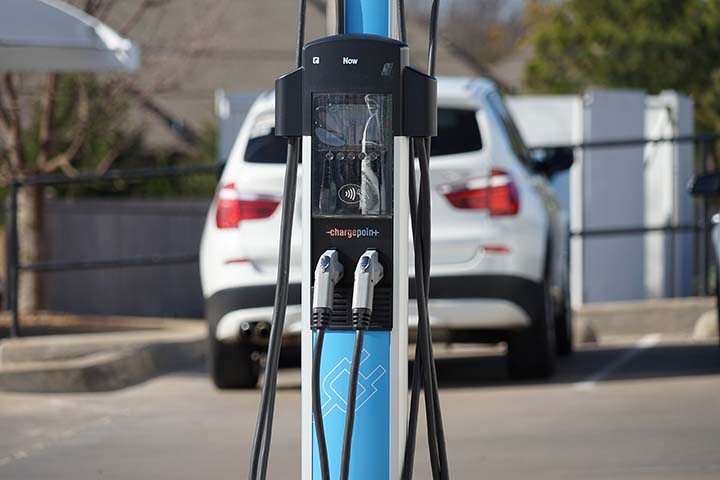
Plug-In Electric Vehicle Adoption: Which Incentives Work Best?
An NREL researcher, in close collaboration with a colleague at Tufts University, completed an in-depth analysis of more than 400 state and local incentives and their impact on plug-in electric vehicle (PEV) adoption over an eight-year span. The resulting article, published recently in Environmental Research Letters, quantifies how effective various incentives and infrastructure have been in increasing PEV purchases.
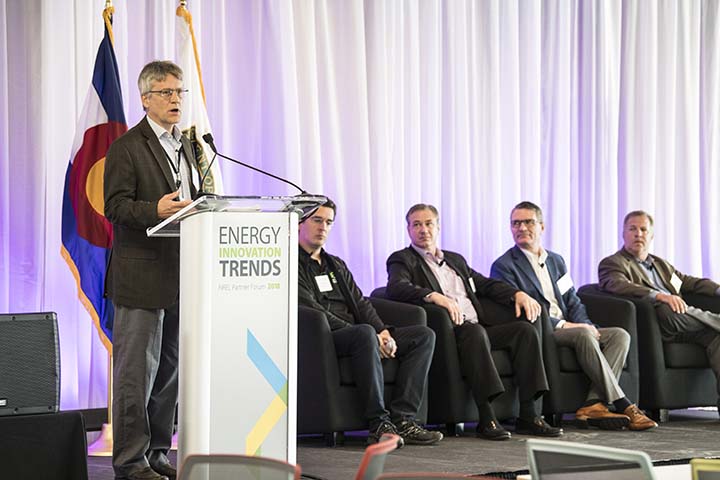
Transportation Leaders Join NREL at Second Annual Partner Forum
More than 100 existing and potential partners from industry, research, and academia came together at NREL’s second annual Partner Forum in August. A single day was devoted to transportation-focused panels on heavy truck electrification, vehicle electrification, and new mobility technologies. Partners, including representatives from Cummins, Shell, Dallas-Fort Worth International Airport, the Colorado Department of Transportation, and transportation technology organizations, heard from both NREL and industry leaders about the latest energy innovations and opportunities underway as the world’s population shifts into urban areas. NREL’s fleet of sustainable vehicles was on display and researchers answered questions about NREL’s wirelessly charged shuttle and bi-directionally charged van.
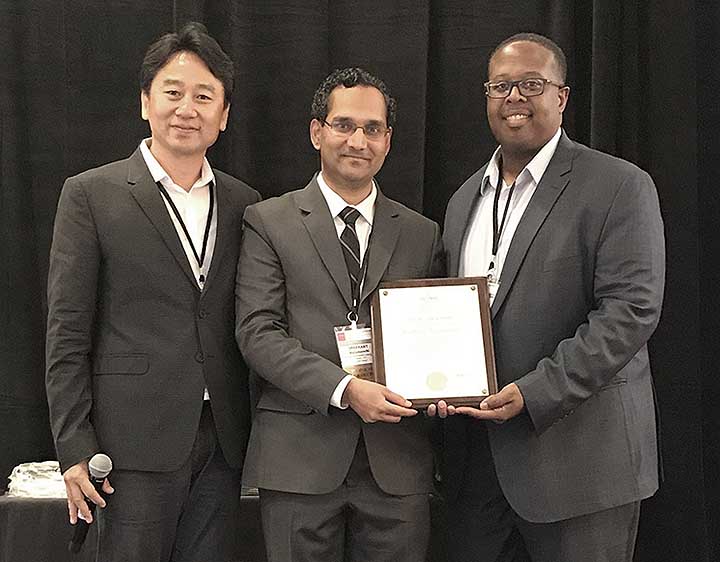
Researcher Receives Top Honors from ASME
NREL Advanced Power Electronics and Electric Machines Team Leader Sreekant Narumanchi received a K-16/Electronic and Photonic Packaging Division Clock Award from the American Society of Mechanical Engineers (ASME) for his contributions and excellence in the area of science and engineering of heat transfer and thermal management in electronics and electric vehicles. Narumanchi has also been appointed Associate Editor of ASME’s Journal of Electronic Packaging and will be serving as a general chair for ASME’s InterPACK Conference in 2019.
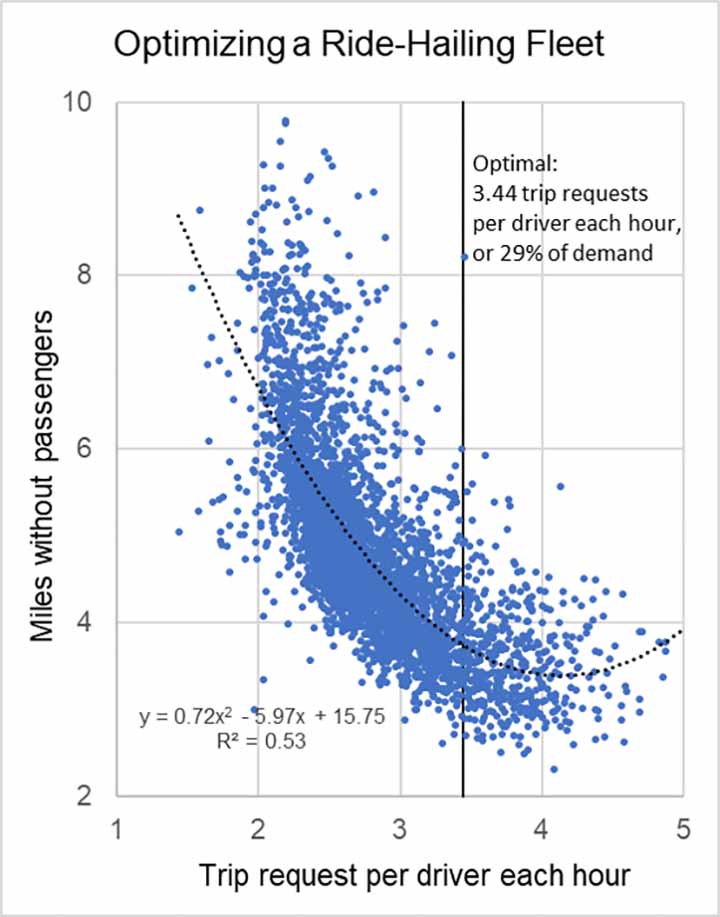
Analysis Pinpoints Optimal Number of Ride-Hailing Cars in Given Area
Determining the ideal number of ride-hailing vehicles for a city hinges on various factors. New York City recently passed legislation to temporarily cap such services while it determines priorities. NREL Postdoctoral Researcher Alejandro Henao, interviewed for a recent New York Times article also available from CNBC, suggests that cities should encourage ride-hailing companies to share their utilization data to help determine the sweet spot between convenience and congestion. NREL research drawing on data from a ride-hailing company in Austin, Texas, identified 3.4 trips per driver per hour as optimal for limiting time spent driving without passengers and thus unnecessarily contributing to traffic congestion and lower wages for drivers.

New Mobility Paradigms Shift Electric Vehicle Charging Requirements
Today’s EV owners usually charge their vehicles at home, seldom using public fast chargers. With ride-hailing companies’ growing interest in operating EVs in their fleets, the use of public fast chargers has the potential to dramatically increase. To estimate related requirements, NREL developed a heuristic algorithm to emulate EV operation within a hypothetical fleet, drawing on a large, real-world GPS data set from Columbus, Ohio, and applying its Electric Vehicle Infrastructure Projection (EVI-Pro) tool to assess the economic feasibility and optimal number and locations of such charging stations in the city.
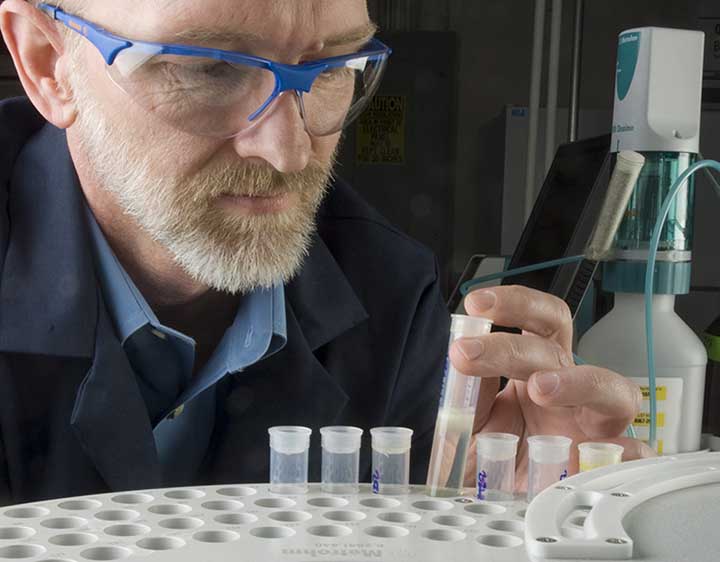
Researchers Tapped by Journals to Provide Editorial Expertise
Scientific journals looking to uphold high quality standards often ask researchers to serve as reviewers, as they can expertly ensure that articles submitted for publication meet the journal's exacting criteria. NREL’s highly published, highly cited researchers are a natural fit to provide input to journals through editorial positions. Two researchers from NREL’s Transportation and Hydrogen Systems Center recently received editorial appointments from top journals in their fields. Working closely with journals also gives NREL insight into the latest scientific advancements and opens a door to increased collaboration with other research institutions.
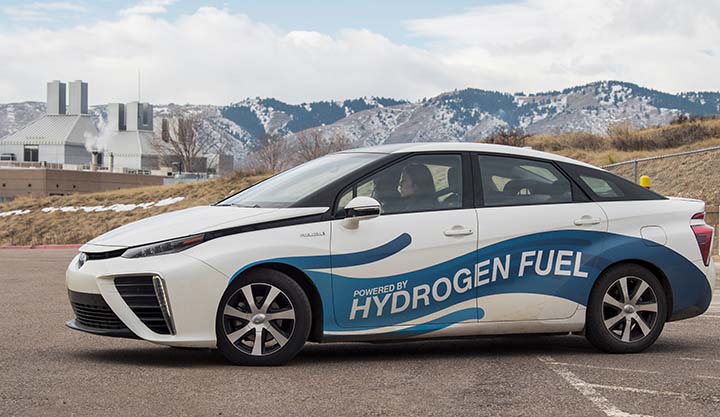
Popular Mechanics Talks to NREL about Hydrogen Fuel Cell-Powered Vehicles
Popular Mechanics recently spoke with Keith Wipke, NREL’s laboratory program manager for fuel cell and hydrogen technologies, about hydrogen fuel cell-powered vehicles. While these vehicles are on the rise in California, they have yet to take off throughout the rest of the United States. Wipke discussed what the future of hydrogen vehicles and infrastructure might look like. Learn more in the Popular Mechanics article, “Where Are All the Hydrogen Cars?”
Learn more about NREL's Transportation and Mobility R&D, including Hydrogen and Fuel Cells, as well as partnership opportunities.
Share

